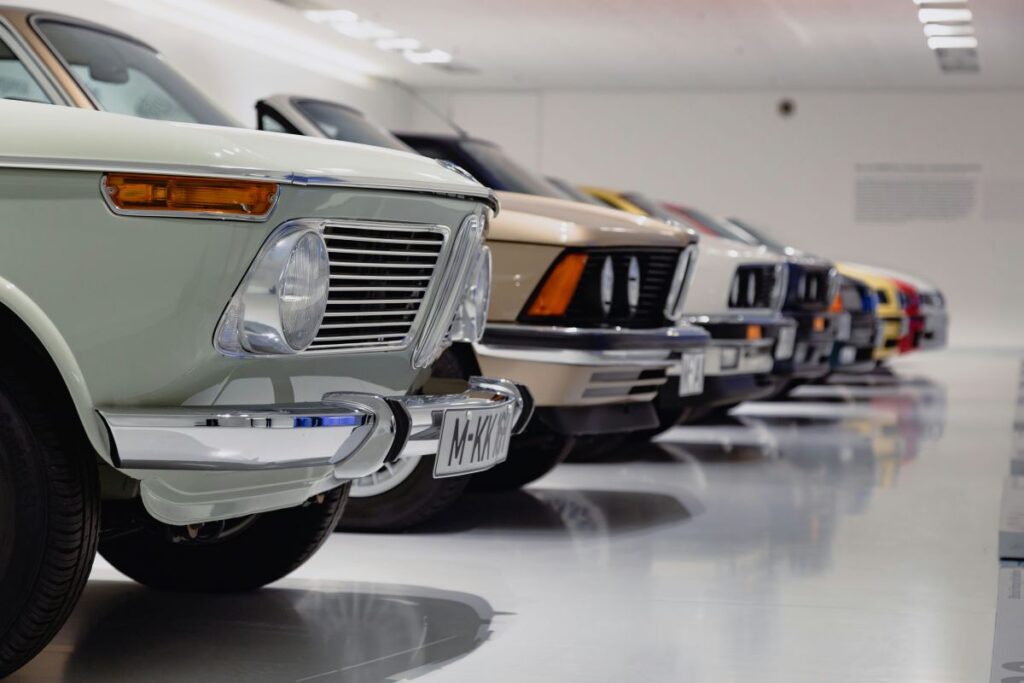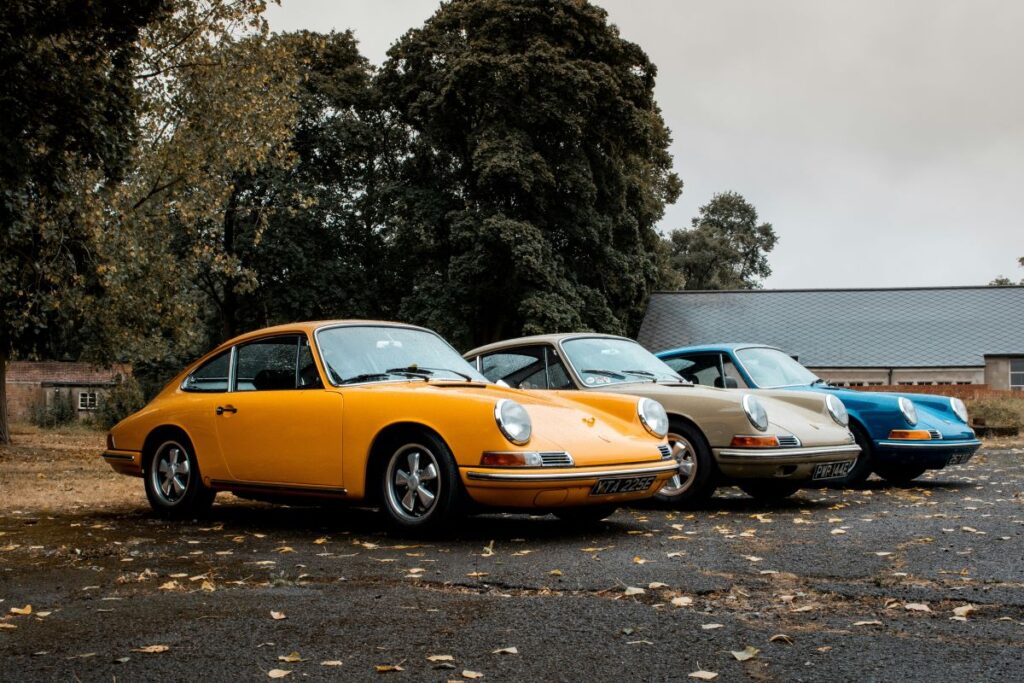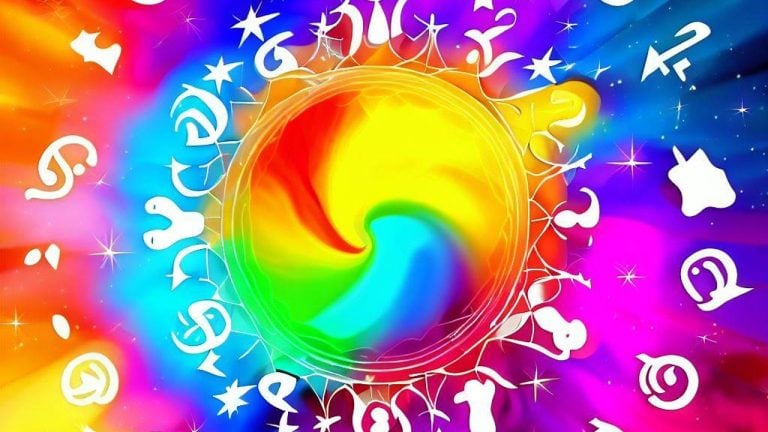Choosing a car color is often a reflection of the owner’s personal style and preferences. But it goes beyond just personal taste. Studies suggest that certain car colors can be linked to specific personality traits, making your vehicle more than just a mode of transportation—it’s a statement. Let’s see what your car color might say about you and uncover the hidden meanings behind your automotive choices.
The Psychology of Car Colors

Car color choice is a profound expression of personality and often reflects deeper psychological meanings. Understanding the nuances behind each color can provide intriguing insights into an individual’s character and their view of the world.
Red
Traditionally associated with passion, excitement, and energy, red cars are often chosen by individuals who are dynamic, adventurous, and love to stand out. These car owners are typically seen as confident, assertive, and not afraid to make bold statements. It’s a color for those who wish to convey strength and a zest for life.
Blue
Blue cars indicate a preference for tranquility, reliability, and stability. Owners of blue cars tend to value consistency in their lives and are often perceived as trustworthy, calm, and thoughtful. Lighter shades of blue are associated with a friendly, easy-going nature, while darker blues reflect a deeper, more serious and practical character.
Black
Choosing a black car signifies a taste for elegance, sophistication, and power. Black car owners are often seen as ambitious, professional, and enjoy the prestige that comes with this classic choice. It’s a powerful statement that hints at an authoritative personality, someone with a mysterious edge whom others tend to respect and admire. Black, being an all-time classic, remains a popular choice for luxury vehicles.
White
White cars symbolize purity, simplicity, and freshness. Opting for this color suggests a liking for cleanliness, a minimalist aesthetic, and perhaps a desire for perfection. Owners of white cars are usually seen as hardworking, straightforward, and optimistic. It’s a popular color for those who prefer a sleek, modern look that transcends trends.
Silver
Silver cars reflect a modern, futuristic approach. Owners who choose silver are often viewed as innovative, stylish, and adaptable. This color choice suggests a preference for high-tech gadgets and a forward-thinking attitude. Silver can also indicate a practical individual who values the functionality of their vehicle alongside its appearance. It’s a color that has grown in popularity, symbolizing a blend of sophistication with a hint of glamour.
Each car color carries its own set of meanings and conveys a distinct message about the individual behind the wheel. From the adventurous red to the tranquil blue, the choice of car color offers a glimpse into the personality and lifestyle of its owner, emphasizing the psychological connection between humans and the colors they choose to surround themselves with.
Cultural Perceptions of Car Colors

The relationship between car colors and personality traits doesn’t exist in a vacuum. It’s also influenced heavily by cultural perceptions, which can vary widely from one region to another. This section explores how different cultures perceive car colors and the historical influences behind these perceptions.
Different Regions
In different parts of the world, car colors might signify vastly different things. For instance, white is the most popular car color in the United States, often associated with cleanliness and sophistication. However, in some Asian countries, white is the color of mourning and is used in funerals, yet it still retains its popularity for vehicles due to its association with purity and new beginnings.
| Region | Popular Car Color | Associated Meaning |
|---|---|---|
| United States | White | Cleanliness, Sophistication |
| Asia | White | Purity, New Beginnings, Mourning |
| Europe | Black | Elegance, Power |
| Middle East | White & Silver | Wealth, Status |
In Europe, black cars are more prevalent, symbolizing elegance, power, and reliability. This preference points towards a cultural tilt towards sophistication and a conservative approach to style.
The Middle East sees a higher preference for white and silver cars, reflecting not just aesthetic preferences but practicality as well — lighter colors reflect sunlight better, making the interior of the car cooler in hot climates.
Historical Influences
Historical events and the economic landscape of a region also play crucial roles in shaping cultural perceptions of car colors. Post World War II, for example, saw an explosion in brighter, more vibrant car colors in the U.S. as a reflection of optimism and the booming economy.
In contrast, during the same period, European car manufacturers leaned towards more subdued colors, a reflection of the continent’s recovery from the war’s devastation. Economic factors at various times have also influenced car color choices. During economic downturns, people tend to choose more conservative colors like black, white, and gray, which are seen as safer and having better resale value.
Understanding these cultural nuances and historical influences provides a broader context to the psychology of car colors, showcasing how external factors can significantly influence individual preferences.
Personal Preferences and Car Color Choices
The colors we’re drawn to often reflect deeper elements of our personal identities, including gender, age, lifestyle, and inherent personality traits. Delving into these aspects can offer intriguing insights into why individuals favor certain car colors over others.
Gender
Studies indicate a fascinating correlation between gender and car color preferences. Typically, men are more likely to choose bolder colors like black, which signifies power and elegance, or red, associated with energy and passion. On the other hand, women often gravitate towards lighter shades such as silver, symbolizing sleek sophistication, or white, associated with purity and simplicity. These tendencies highlight societal influences and possibly innate predispositions towards certain hues.
Age
Age plays a significant role in color selection, reflecting varying tastes and priorities at different life stages. Younger drivers, seeking to stand out, might opt for more vibrant colors such as blue or yellow, showcasing their youthful spirit and optimism. Contrastingly, older individuals often prefer more understated colors like gray or dark blue, which convey a sense of reliability, wisdom, and timeless elegance. These choices underscore the shifting preferences as people navigate through life’s chapters.
Lifestyle
Lifestyle is a crucial factor influencing car color choices, serving as an outward expression of personal interests and daily routines. Active individuals with a penchant for outdoor adventures might select green or brown, colors that resonate with nature and rugged terrains. Urban dwellers, on the other hand, may lean towards metallic shades like silver or graphite, mirroring the modern and sleek aesthetic of cityscapes. Such preferences highlight how car colors are an extension of one’s personal lifestyle.
Personality Traits
Car color choices can also be a window into an individual’s personality traits. People drawn to bright colors such as red or orange are often perceived as outgoing, dynamic, and adventurous. In contrast, those who prefer pastel shades might be viewed as gentle, approachable, and caring. Individuals selecting neutral tones like black, white, or gray are seen as pragmatic, professional, and focused on functionality. These correlations between color preferences and personality traits underscore the profound ways in which the hues we choose echo our inner selves.
Conclusion
Choosing a car color is more than just a matter of taste; it’s a reflection of who you are. Whether it’s the powerful statement of black or red for men, the soft elegance of silver or white preferred by women, or the vibrant hues favored by the younger crowd, every choice tells a story. It’s fascinating how these preferences align with various aspects of our lives, from gender and age to lifestyle and personality. So the next time you’re selecting a car color, remember it’s not just about the aesthetics. It’s about expressing your identity and showcasing a piece of your personality to the world.








I was looking for what the colors Navy Blue and Forest Green Mean. You don’t have them listed here which is a disapointment. (Think: Bentley)
Hello,
I am a senior citizen driver new to owning a car. Lived in NYC where public transit is the way to go. I want to make sure I am noticed driving, so red is the choice for me. Normally black or silver would be the choice, to match my clothing.
I Believe Very Much That Gang Stalking Exists And That Victims Of The Crime Of Gang Stalking NOT Crazy Despite Debunkers Of Gang Stalking On You Tube Call Us Victims Of Such A Crime “Crazy” And Tell Us All That We Aren’t Being Followed Even By Red Cars Possibly. (How Do The Debunkers Know If We Are Being Followed By Red Cars Or Any Cars For That Matter?) (Are The Debunkers Of The Gang Stalking Crime Mind Readers Or Something?!) I’ve Heard That You Tube IS Filled With DISINFORMATION Trolls Who Wouldn’t Know If A Red UFO Was Following Them Or Anybody Or Anyone Else!(THAT Must Just Be A CONSPIRACY Theory By Golly!) (Part Of The Word CONSPIRACY Is: Piracy Duh!)
What about YELLOW???
Interesting read! It’s fascinating to learn how our car color choices can reveal something about our personality and preferences.
Fascinating read! I never realized the subliminal messages our cars could be sending about our personalities. I think this is especially true for me, as I’ve always been drawn to sleek and sporty cars that project a sense of power and confidence. But I never thought about how my car color might be perceived by others – thanks for shedding light on this topic!